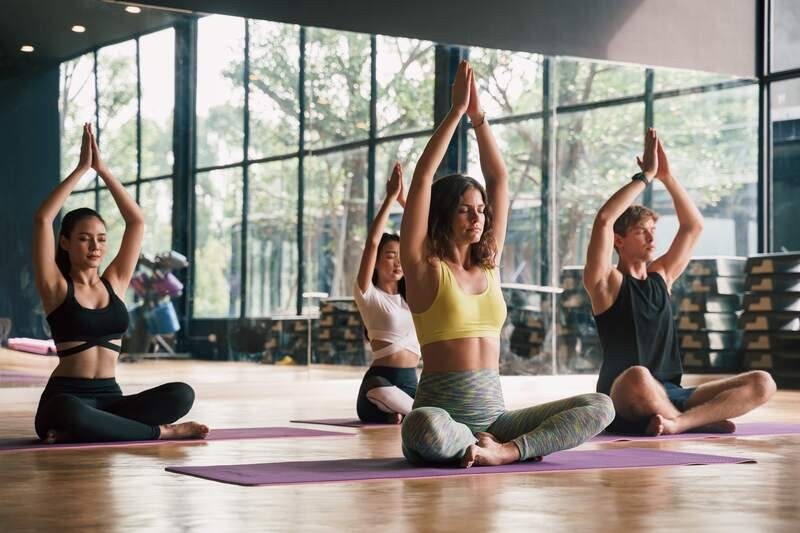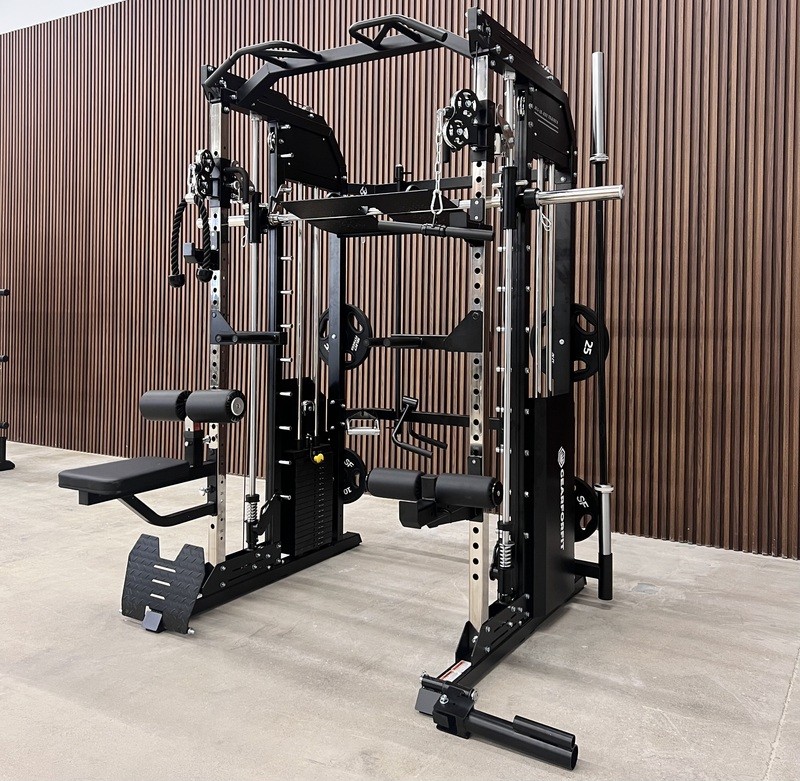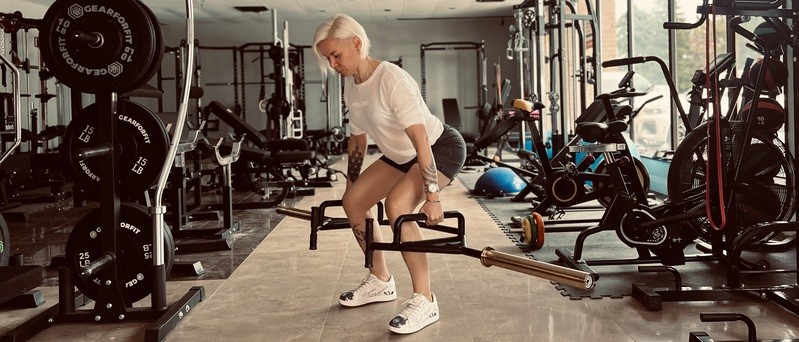blog
Yoga for Flexibility and Stress Relief
July 01, 2024
Yoga has long been celebrated as a holistic practice that unites the body, mind, and spirit. Among its many benefits, yoga is particularly effective for enhancing flexibility and reducing stress. Whether you’re a seasoned yogi or a beginner looking to explore this ancient discipline, incorporating yoga into your routine can lead to profound physical and mental well-being.
Understanding Yoga
Yoga is more than just physical exercise; it’s a comprehensive practice that includes physical postures (asanas), breath control (pranayama), and meditation. The combination of these elements works synergistically to improve overall health.
Flexibility Through Yoga
Flexibility is a crucial component of physical fitness. It allows for greater range of motion, reduces the risk of injury, and improves overall performance in various physical activities. Yoga enhances flexibility by gradually stretching muscles, tendons, and ligaments, allowing the body to move more freely and efficiently.
Key Yoga Poses for Flexibility
1. Downward-Facing Dog (Adho Mukha Svanasana)
• This foundational pose stretches the hamstrings, calves, and shoulders. Begin on your hands and knees, tuck your toes, and lift your hips towards the ceiling. Press your heels towards the floor and lengthen your spine.
2. Seated Forward Bend (Paschimottanasana)
• Sit with your legs extended straight in front of you. Inhale and lengthen your spine, then exhale and hinge at the hips to reach for your toes. This pose stretches the back, hamstrings, and calves.
3. Butterfly Pose (Baddha Konasana)
• Sit with your feet together and knees bent out to the sides. Hold your feet with your hands and gently press your knees towards the floor. This pose opens the hips and stretches the inner thighs.
4. Bridge Pose (Setu Bandhasana)
• Lie on your back with your knees bent and feet flat on the floor, hip-width apart. Lift your hips towards the ceiling, pressing through your feet. This pose stretches the chest, neck, and spine.
5. Pigeon Pose (Eka Pada Rajakapotasana)
• From a downward-facing dog position, bring your right knee forward and place it behind your right wrist. Extend your left leg back and lower your hips towards the floor. This pose deeply stretches the hips and glutes.
Stress Relief Through Yoga
Yoga’s emphasis on breath control and mindfulness makes it a powerful tool for stress relief. The practice encourages a state of relaxation and mental clarity, helping to combat the effects of chronic stress.
Techniques for Stress Relief
1. Breath Control (Pranayama)
• Deep, controlled breathing is central to yoga. Techniques like diaphragmatic breathing and alternate nostril breathing help calm the nervous system, reduce anxiety, and improve focus.
2. Mindfulness and Meditation
• Yoga encourages mindfulness, the practice of being fully present in the moment. Meditation techniques, often integrated into yoga sessions, promote relaxation and mental clarity.
3. Restorative Yoga
• This gentle form of yoga focuses on relaxing the body and mind. Poses are held for longer periods, often supported by props like blankets and bolsters, allowing for deep relaxation.
4. Yoga Nidra
• Also known as yogic sleep, Yoga Nidra is a guided meditation practice that induces deep relaxation. It’s an effective way to release tension and reduce stress.
Creating a Yoga Routine
Starting a yoga practice doesn’t require extensive experience or equipment. Here are some tips to get you started:
1. Start Slow
• Begin with basic poses and gradually progress to more advanced postures as your flexibility and strength improve.
2. Consistency is Key
• Aim to practice yoga regularly, even if it’s just for a few minutes each day. Consistency will yield the best results for flexibility and stress relief.
3. Listen to Your Body
• Yoga is not about pushing yourself to the limit. Pay attention to your body’s signals and modify poses as needed to avoid injury.
4. Seek Guidance
• Consider taking a class or following online tutorials to ensure proper form and technique. A qualified instructor can provide valuable feedback and support.
Yoga offers a myriad of benefits for both the body and mind. By incorporating yoga into your routine, you can enhance your flexibility, reduce stress, and improve your overall quality of life. Whether you’re looking to stretch out tight muscles, find a moment of peace, or both, yoga provides a path to holistic well-being. So roll out your mat, take a deep breath, and embark on your journey towards greater flexibility and serenity.





